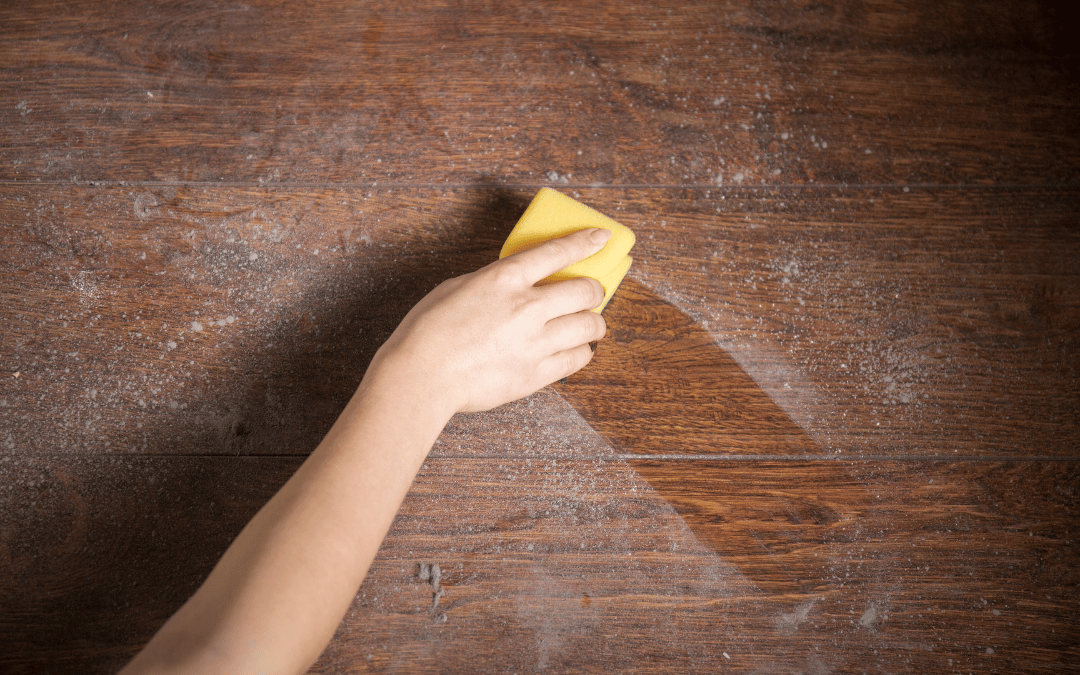With its ability to settle on both natural outdoor surfaces as well as inside homes, dust is all around us at all times. Any particles that make their way into the air, generally from fibers, dirt, smoke, crushed material, and other sources, will eventually come down as dust. Understanding the science behind dust, and even how dust bunnies form in the first place, can better help you take intentional steps to avoid inhaling potentially dangerous particulate matter. Let’s explore the specific particulate matter that dust is generally comprised of, and how to best eliminate dust from your indoor environment.
Particulate Matter
Contrary to popular belief, dust is not mostly made up of dead skin. While dead skin is one specific portion of dust, it is in no way the majority. In fact, indoor dust is comprised of particulate matter that’s usually vastly different from outdoor dust. Indoor dust is commonly generated from things found in your home, such as paper fiber, food particles, pet dander, textile fibers, and much more. On the other hand, outdoor dust is comprised from natural sources, such as soil, insects, pollen, and much more. Attributed to this, there’s usually a ratio of outdoor dust and indoor dust in every environment due to how particulate matter travels.
One concerning component of dust is its ability to draw in dust mites, which are small microscopic beings that actually feed on the dust in your home. While they thrive in humid environments, dust mites are found in any place with an accumulation of dust. Additionally, droppings from dust mites can carry airborne illnesses or even diseases. Dust bunnies, on the other hand, may sound cute although they can also be hazardous to your health. These form when dust particles are attracted to each other by static electricity, to eventually form into large balls of dust. These large balls of dust can collect dangerous particles such as dead insects and mold spores, which actively creates a feeding ground for dust mites.
Dangers of Dust
In addition to which particulate matter dust is composed of, another impactful factor is how long you’ve been exposed to the harmful dust. While it usually takes inhaling a significant amount of dust to trigger irritant symptoms, small amounts of dust can cause severe reactions to those with dust allergies. Symptoms of an allergic reaction to dust includes:
- Itchy Throat
- Sneezing
- Nasal Congestion
- Watery Eyes
- Coughing
- Runny Nose
Individuals with a history of asthma may also experience harsher reactions upon inhaling dust, such as wheezing, difficulty breathing, and chest tightness.
Preventive Measures
While preventing the collection of dust altogether is nearly impossible, there are some chores you can perform regularly to best minimize the amount of dust in your home. Some of these tasks include:
- Vacuum regularly.
- Dust around surfaces with a damp cloth.
- Wash your bedding weekly.
- Clean from the top shelves first to the bottom shelves last, ensuring that any elevated dust falls onto the floor.
- Keep an eye on the quality of your air filters.
The Convenience of O2 Nose Filters
While our nasal passageways try their best when it comes to filtering harmful particulate matter from dust, they aren’t perfect. That’s why O2 Nose Filters are such an effective solution when it comes to improving our mental and physical health. Nose filters are a discreet, effective option to protect against airborne particulate matter. The O2 Nose Filter uses 3M’s patented AEM™ electrostatic technology to capture allergens, viruses, and other particulates, making them a valuable tool for anyone who wants to drastically limit the pollutants and pollens they breathe in daily.

BLOCK IT OR BREATHE IT
Click here for a FREE (+S&H) sample pack to see which size works best for you!



